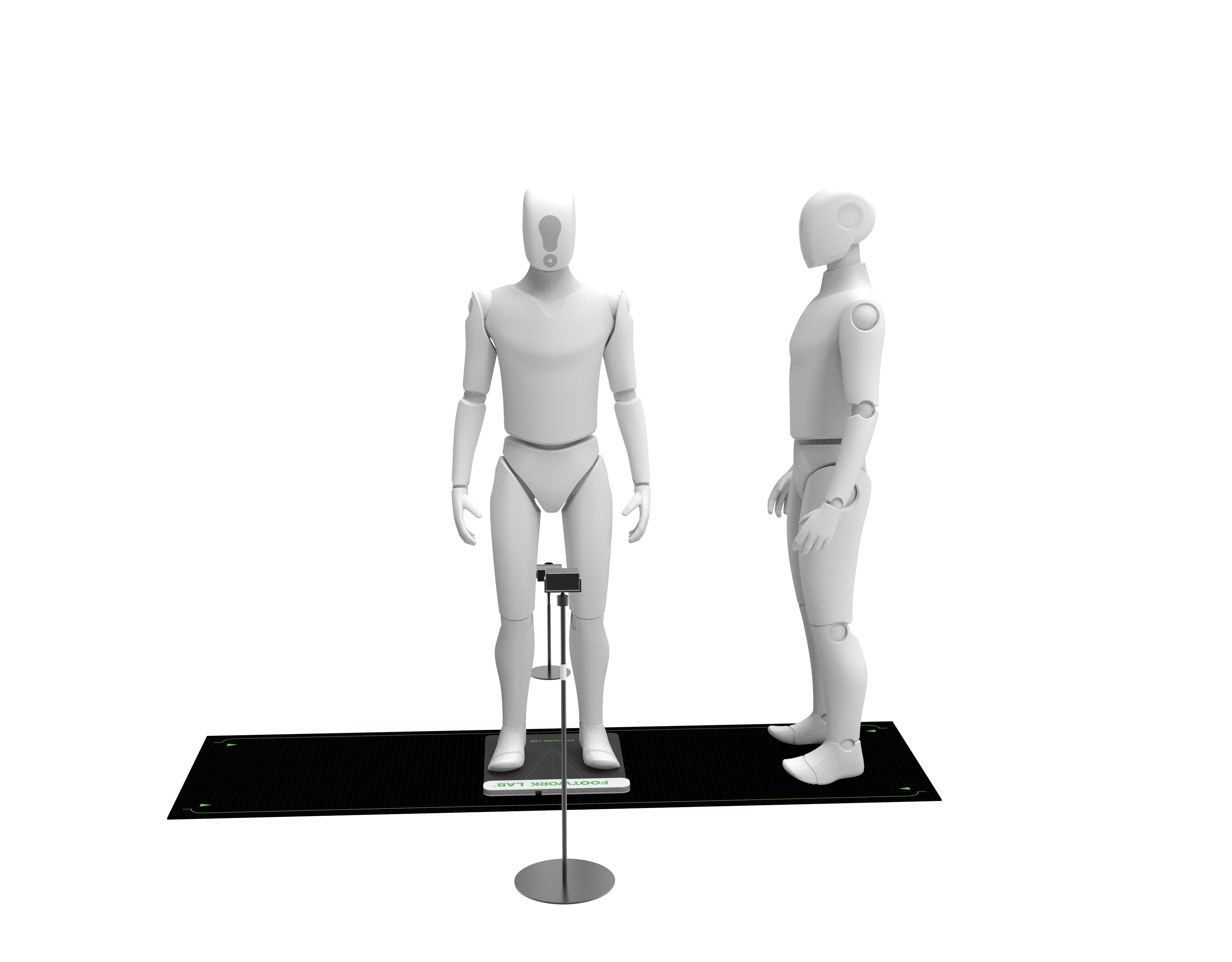Yürüyüş analizi, insan yürüyüşünün veya koşusunun biyomekaniğini kaydederek analiz eden ve hareket desenleri, basınç dağılımı ve eklem fonksiyonları hakkında detaylı veriler sunan teknolojik bir değerlendirmedir. Bu süreç, basınç plakaları, hareket yakalama kameraları, kuvvet sensörleri ve bazen giyilebilir cihazlar gibi donanımlar ile toplanan verileri görsel ve sayısal bulgulara dönüştüren yazılımların bir kombinasyonunu kullanır. Yürüyüş analizleri sağlık hizmetleri, spor bilimi ve ayakkabı tasarımı gibi çeşitli alanlarda normal ve anormal hareket desenlerini değerlendirmek için kullanılır. Yürüyüş analizinin temeli, yürüyüş döngüsünü başlıca aşamalarına ayırabilme yeteneğinde yatar: topuk teması, yükleme tepkisi, orta destek, terminal destek, ön sallanma, başlangıç sallanması, orta sallanma ve terminal sallanma. Her bir aşamada analiz, ayak temasının süresi, taban yüzeyindeki basınç dağılımı, ayak bileği, diz ve kalça eklem açıları ve zemine uygulanan kuvvetler gibi parametreleri kaydeder. Bu veri noktaları daha sonra vücut hareketlerinin bir bütüncül resmini oluşturmak üzere sentezlenir. Sağlık hizmetlerinde yürüyüş analizleri hareketliliği etkileyen durumları teşhis etmede yardımcı olur; örneğin, artrit, inme sonrası felç ya da doğuştan gelen anormallikler gibi. Mesela, Parkinson hastalığına sahip bir hastanın yürüyüş analizi, adım boyunun azalması ile birlikte sürünen bir yürüyüş şekli ortaya koyabilir ve bu da ilaç tedavisi veya fizik tedavi planlarının geliştirilmesine yardımcı olabilir. Sporda, yürüyüş analizleri sporcuların performanslarını artırmak ve sakatlanma riskini azaltmak için tekniklerini optimize etmelerine yardımcı olur. Örneğin, fazla darbe kuvveti üreten topuk vuruşu yapan bir koşucu, verileri kullanarak orta taban vuruşuna geçiş yapabilir ve bu da stres kırıkları riskini potansiyel olarak azaltabilir. Yürüyüş analizleri ayrıca ortotik altlık ve ayakkabı tasarımı alanında da önemli bir rol oynar. Yüksek basınç bölgelerini veya dengesiz yük dağılımını belirleyerek üreticiler, odaklı destek sağlayan, konforu artıran ve ayak ağrısını azaltan ürünler geliştirebilir. Ek olarak, yürüyüş analizleri yaşlanma, hastalık veya müdahalelerin hareket desenleri üzerindeki etkilerini incelemek amacıyla yapılan araştırmalarda da kullanılır ve biyomekanik ile rehabilitasyon bilimlerinde ilerlemelere katkı sağlar. Teknoloji ilerledikçe yürüyüş analizleri daha erişilebilir hale gelmektedir; taşınabilir sistemler ile kliniklerden spor tesislerine kadar çeşitli ortamlarda değerlendirmeler yapılabilmektedir ve bu araç insan hareketlerini anlamada ve optimize etmede giderek daha fazla önem kazanmaktadır.
